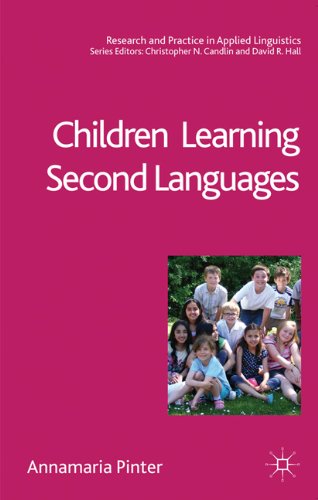

Most ebook files are in PDF format, so you can easily read them using various software such as Foxit Reader or directly on the Google Chrome browser.
Some ebook files are released by publishers in other formats such as .awz, .mobi, .epub, .fb2, etc. You may need to install specific software to read these formats on mobile/PC, such as Calibre.
Please read the tutorial at this link: https://ebookbell.com/faq
We offer FREE conversion to the popular formats you request; however, this may take some time. Therefore, right after payment, please email us, and we will try to provide the service as quickly as possible.
For some exceptional file formats or broken links (if any), please refrain from opening any disputes. Instead, email us first, and we will try to assist within a maximum of 6 hours.
EbookBell Team

5.0
38 reviews
ISBN 10: 0230203426
ISBN 13: 9780230203426
Author: Annamaria Pinter
Part I: Foundations and Theories of Child Second Language Acquisition
Part II: Factors Influencing Child L2 Development
Part III: Linguistic Aspects of Child L2 Acquisition
Part IV: Practical Applications and Broader Implications
children learning second languages
pinter a 2011 children learning second languages palgrave macmillan
pinter a 2011 children learning second languages
children learning second languages annamaria pinter
how does a child learn second language
Tags: Annamaria Pinter, Children, Second